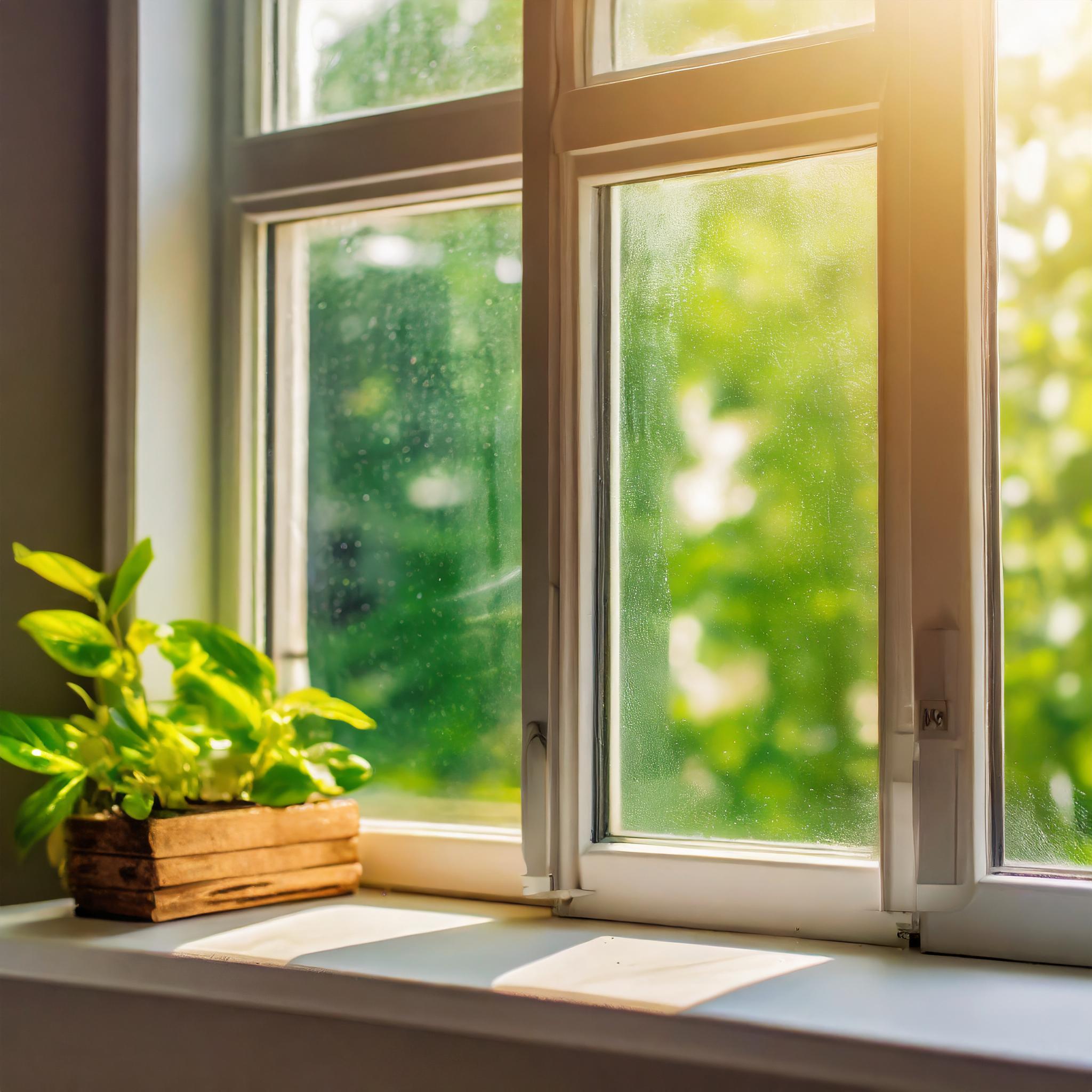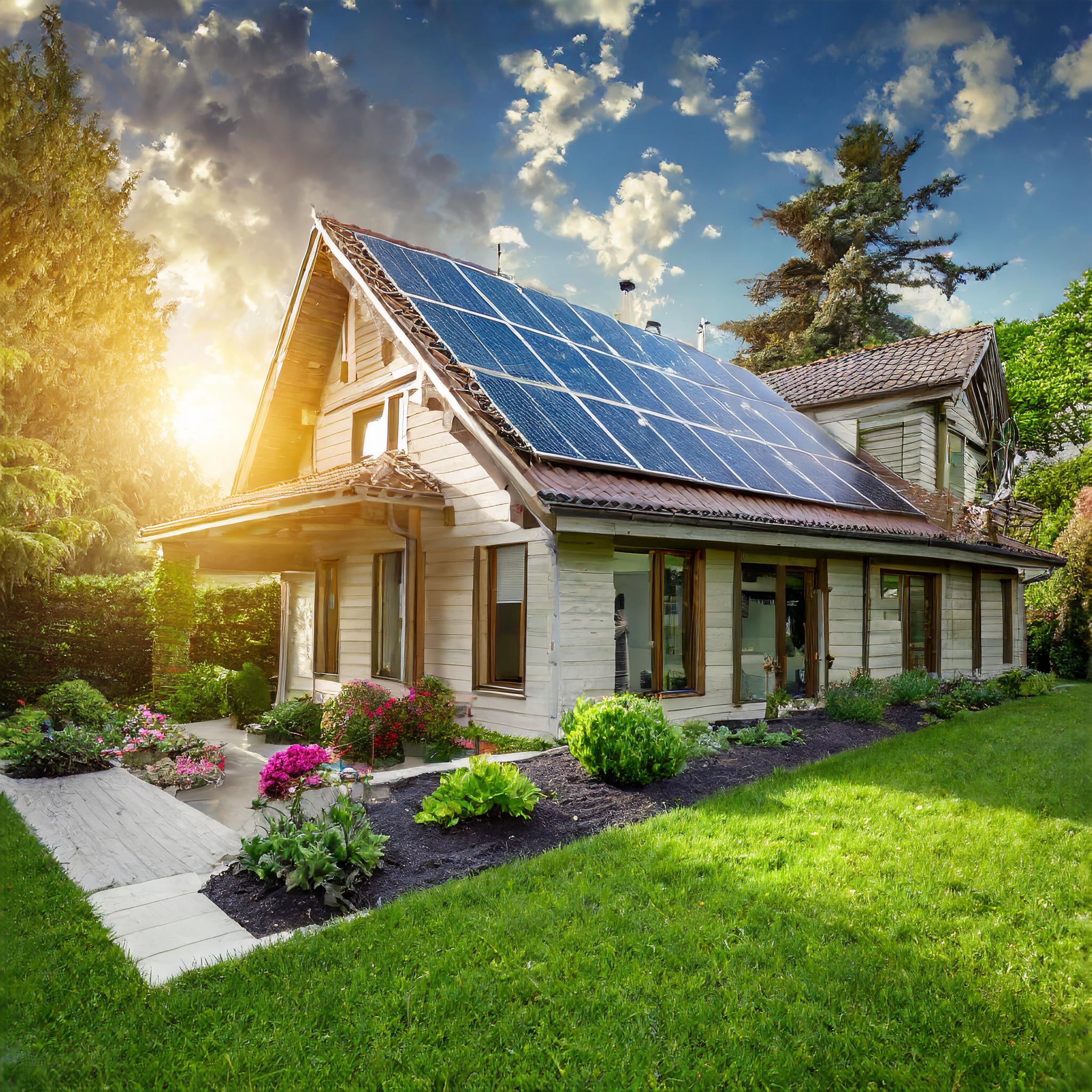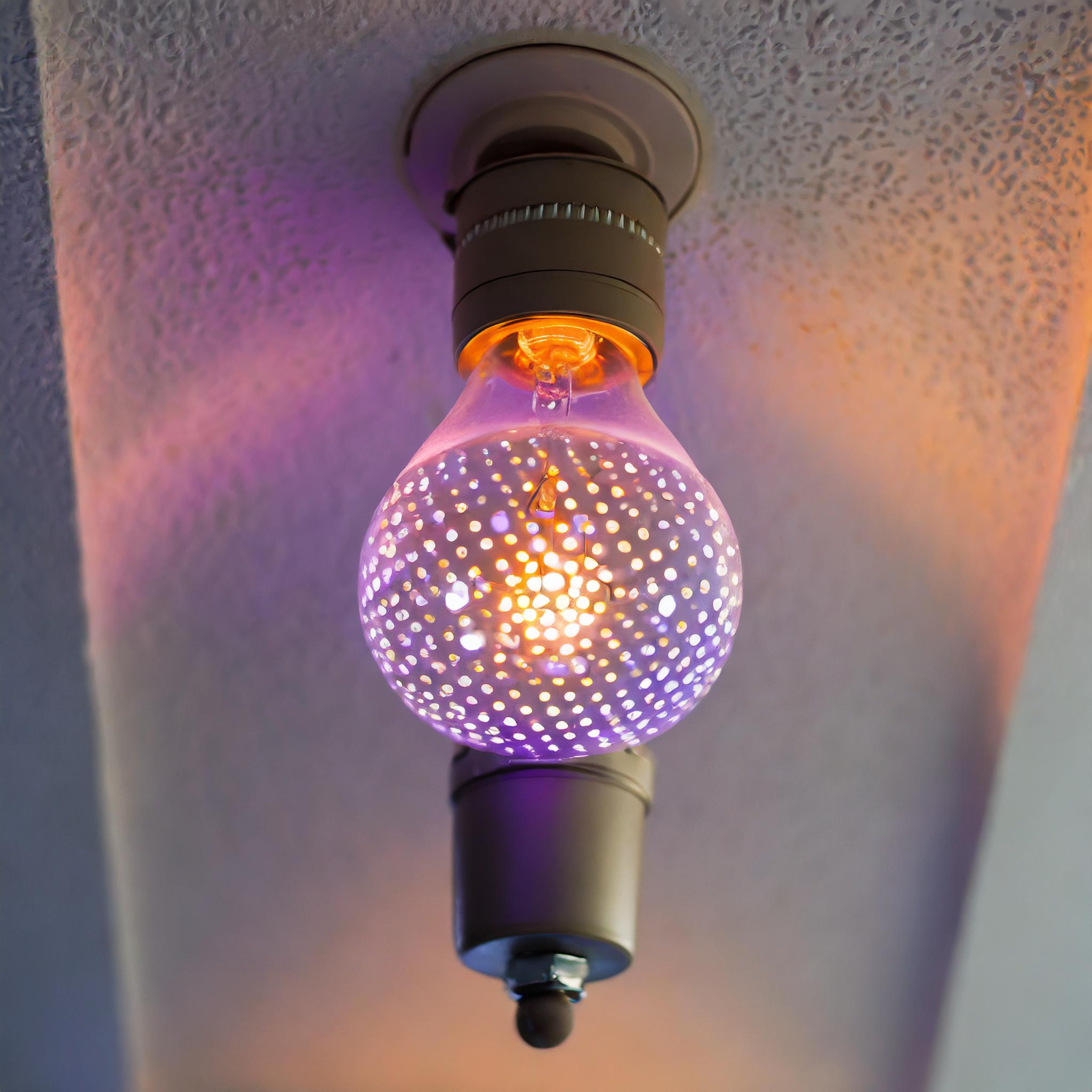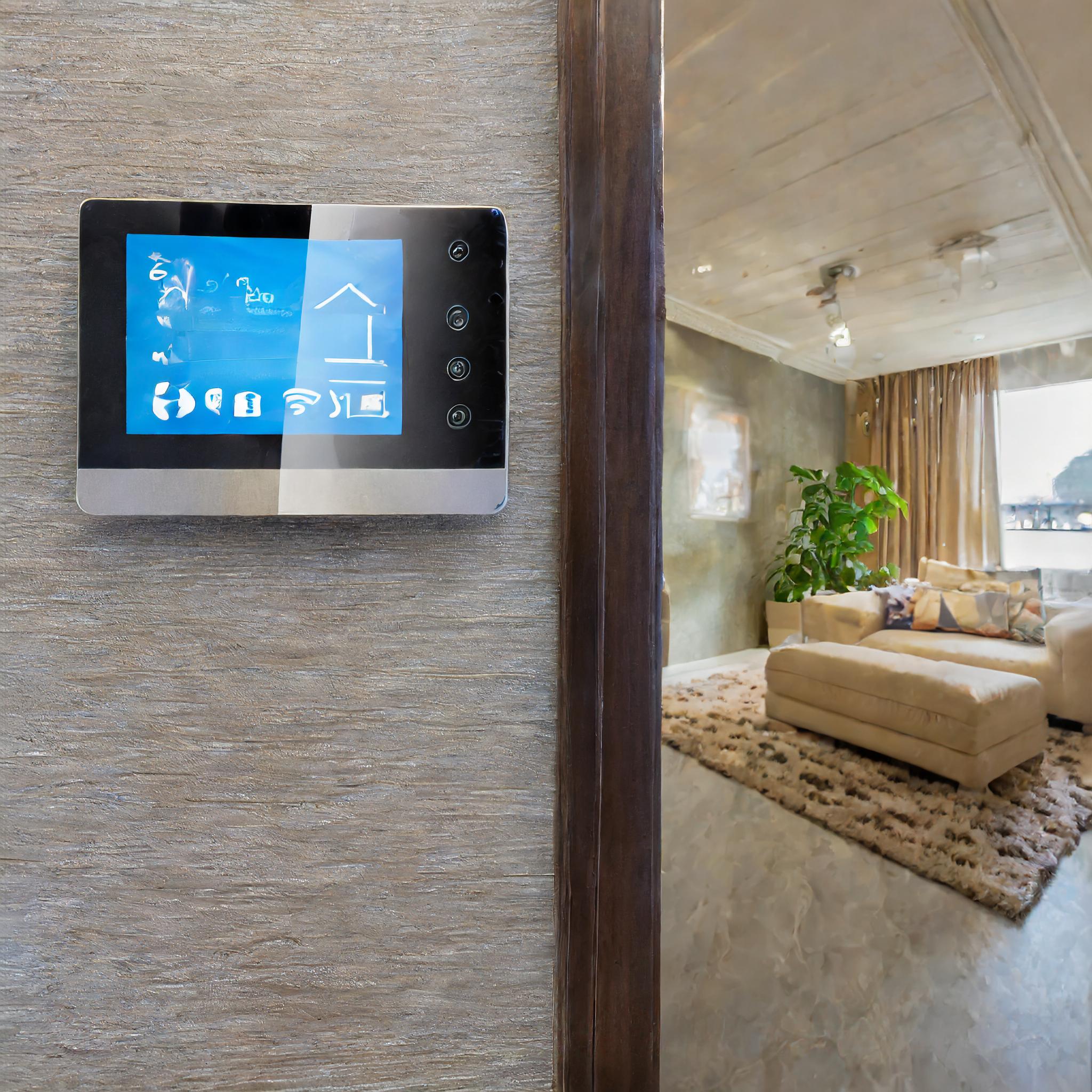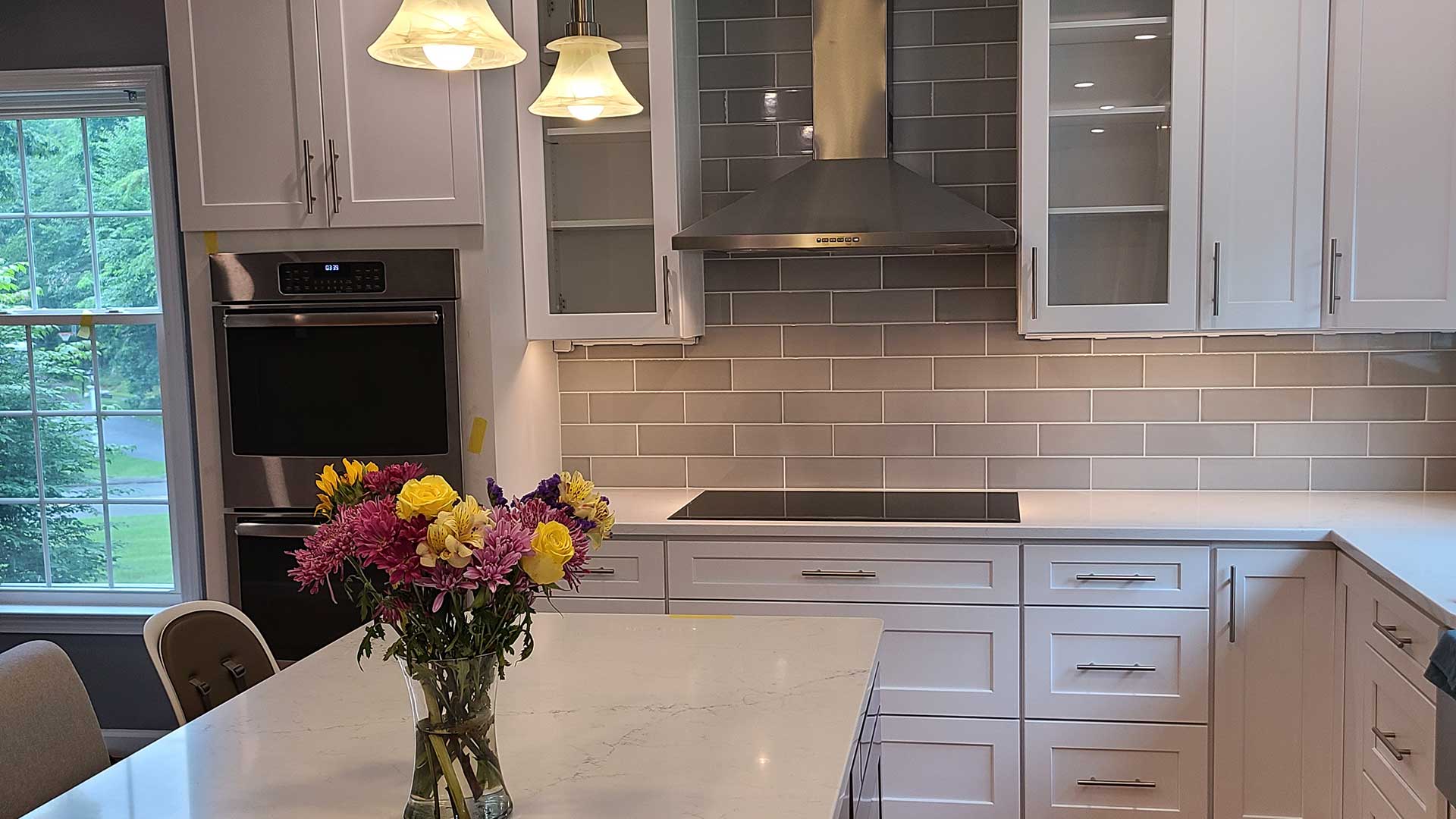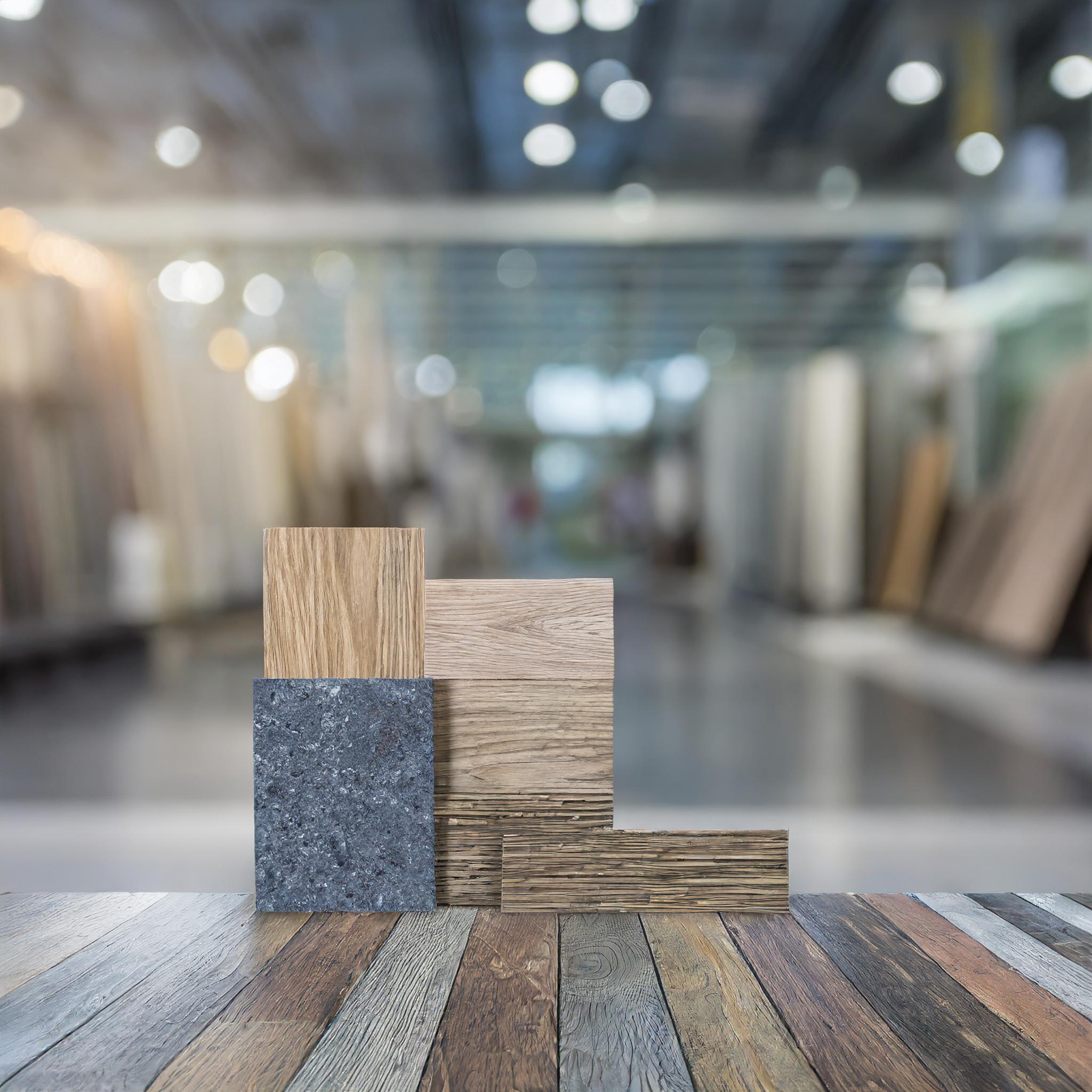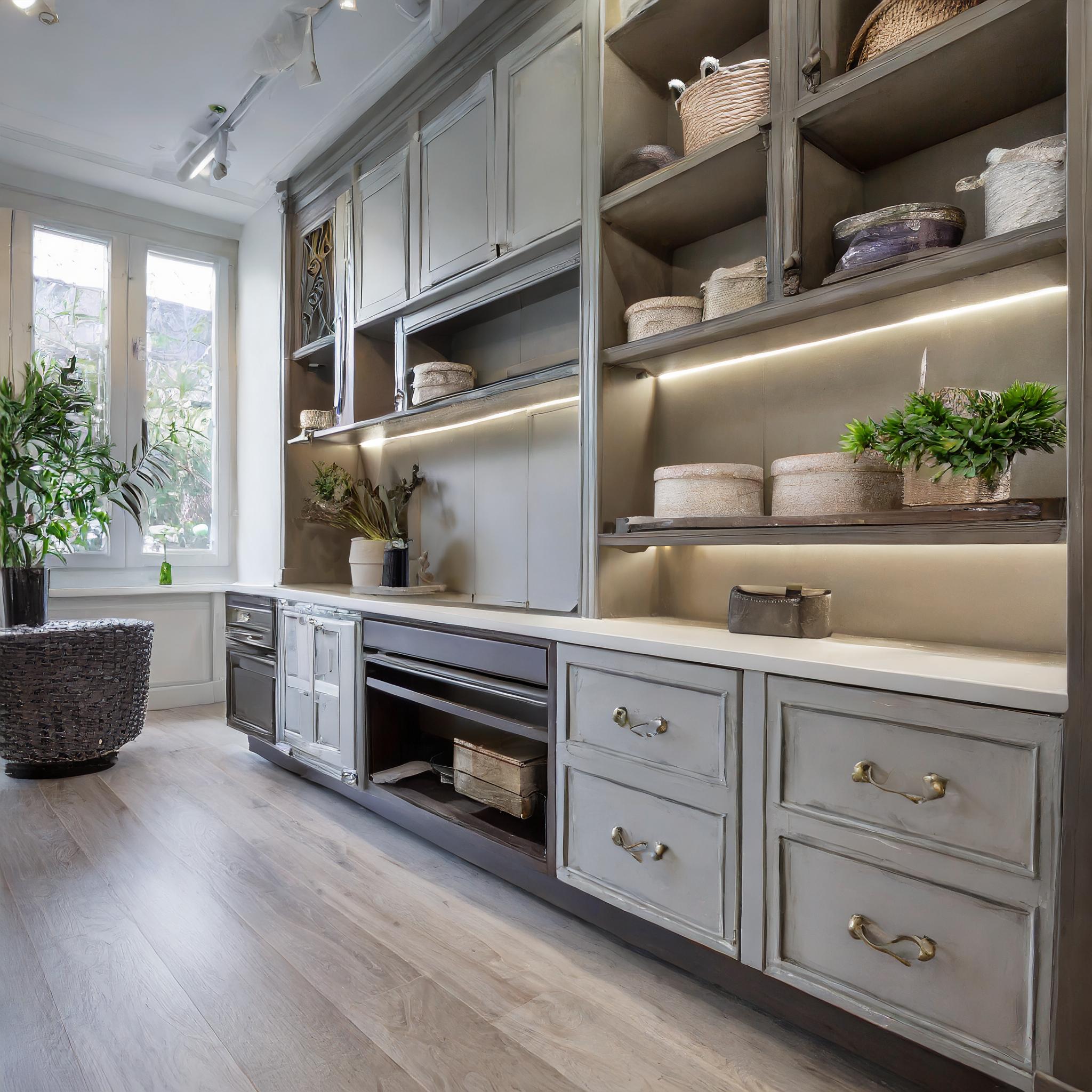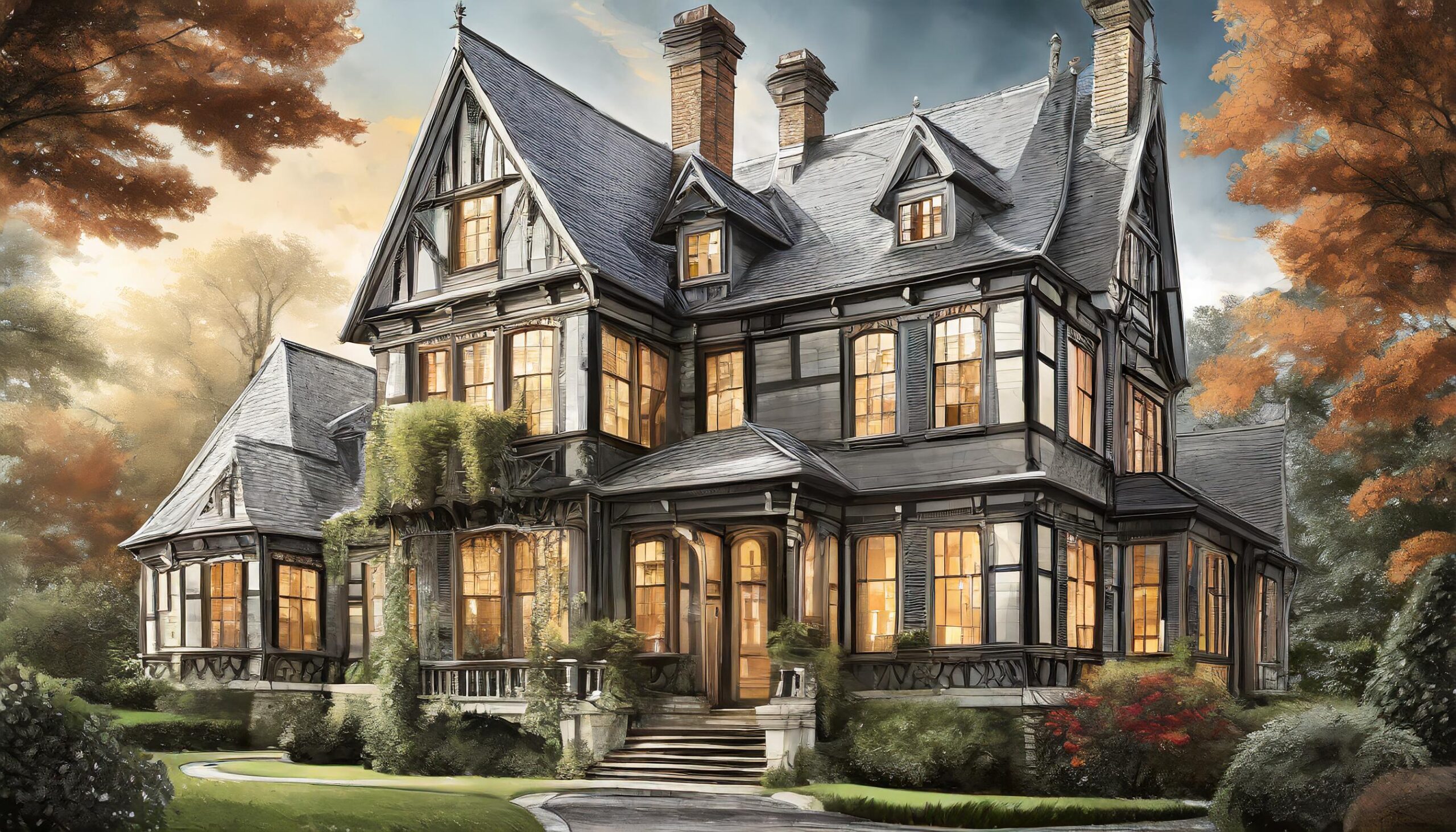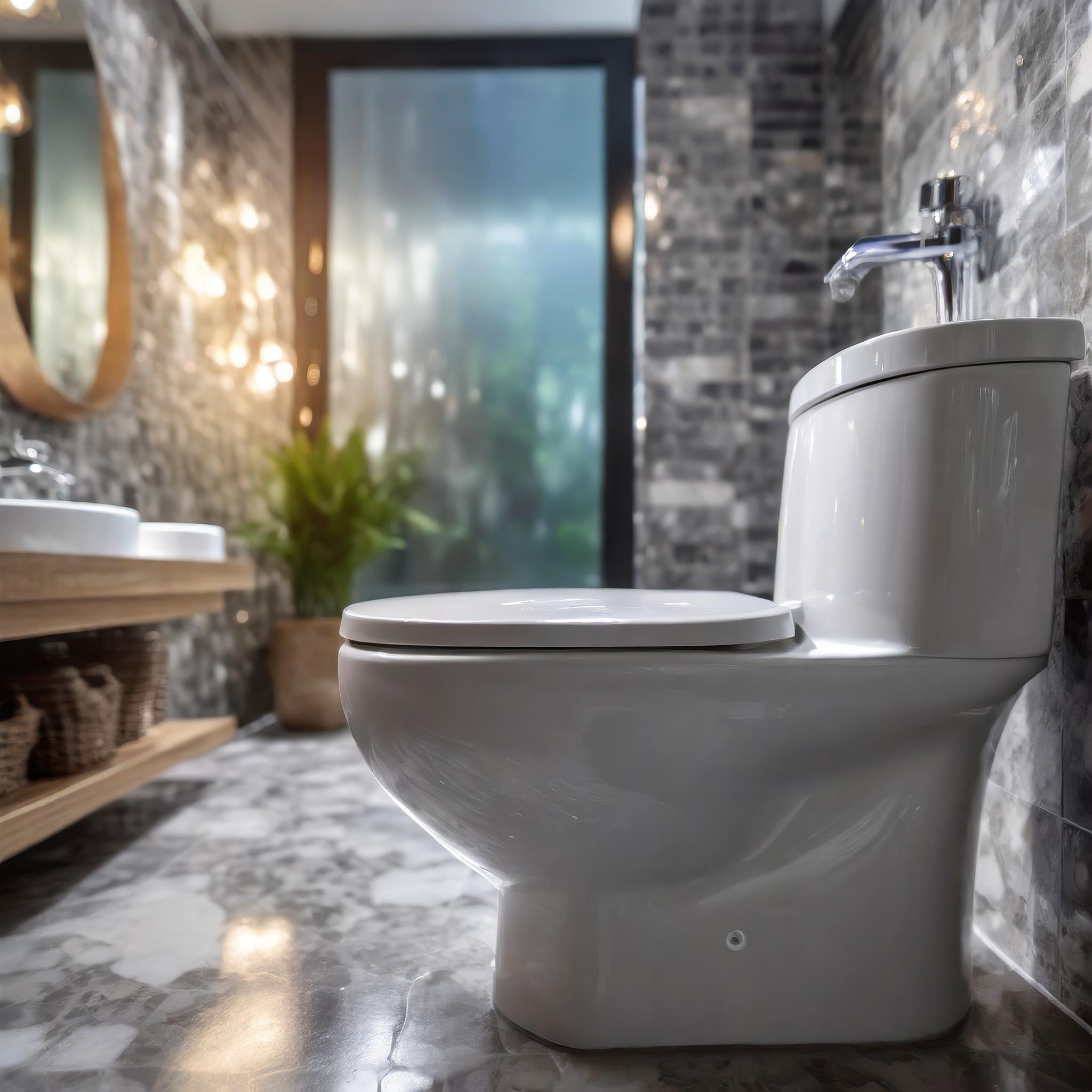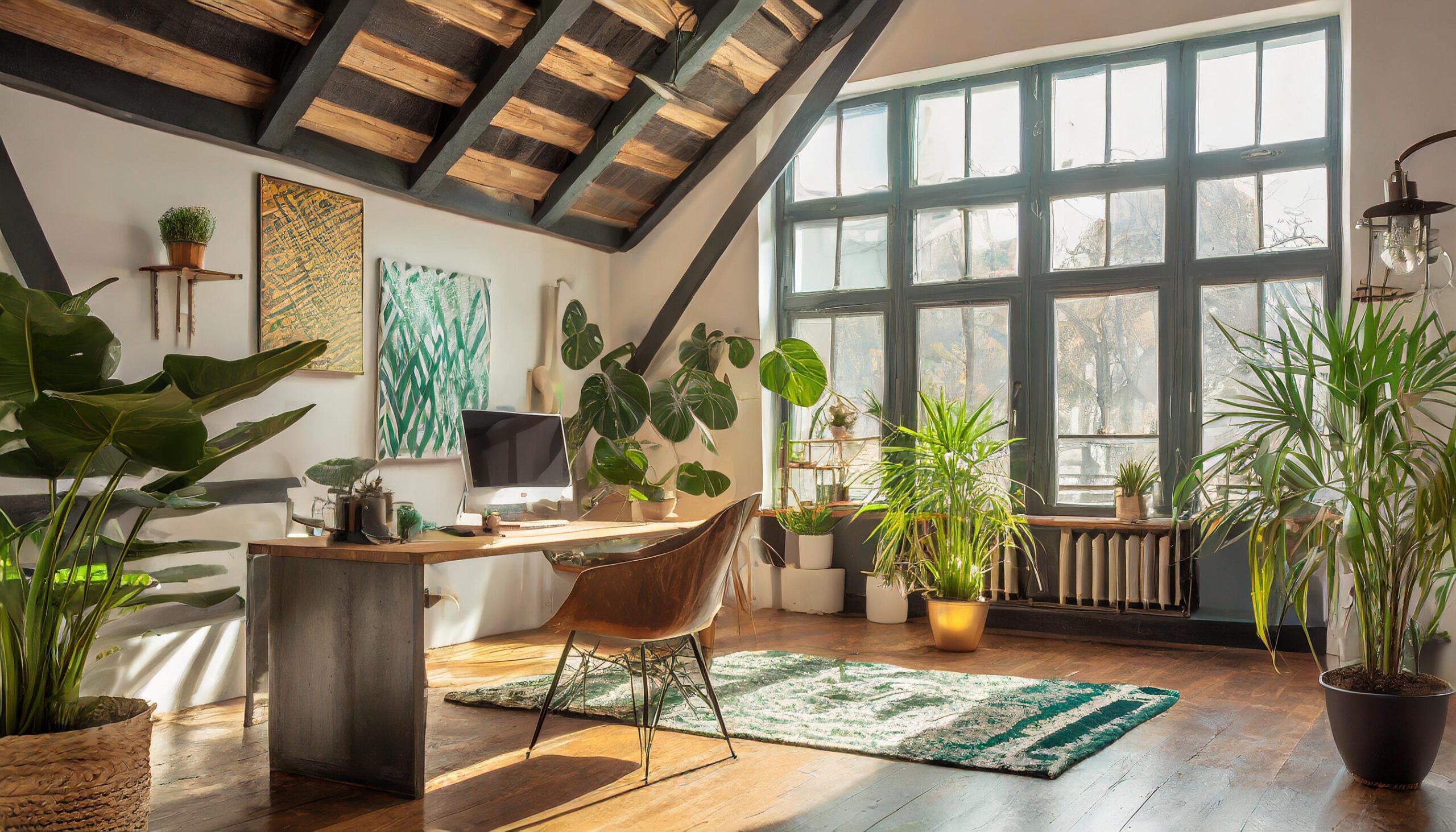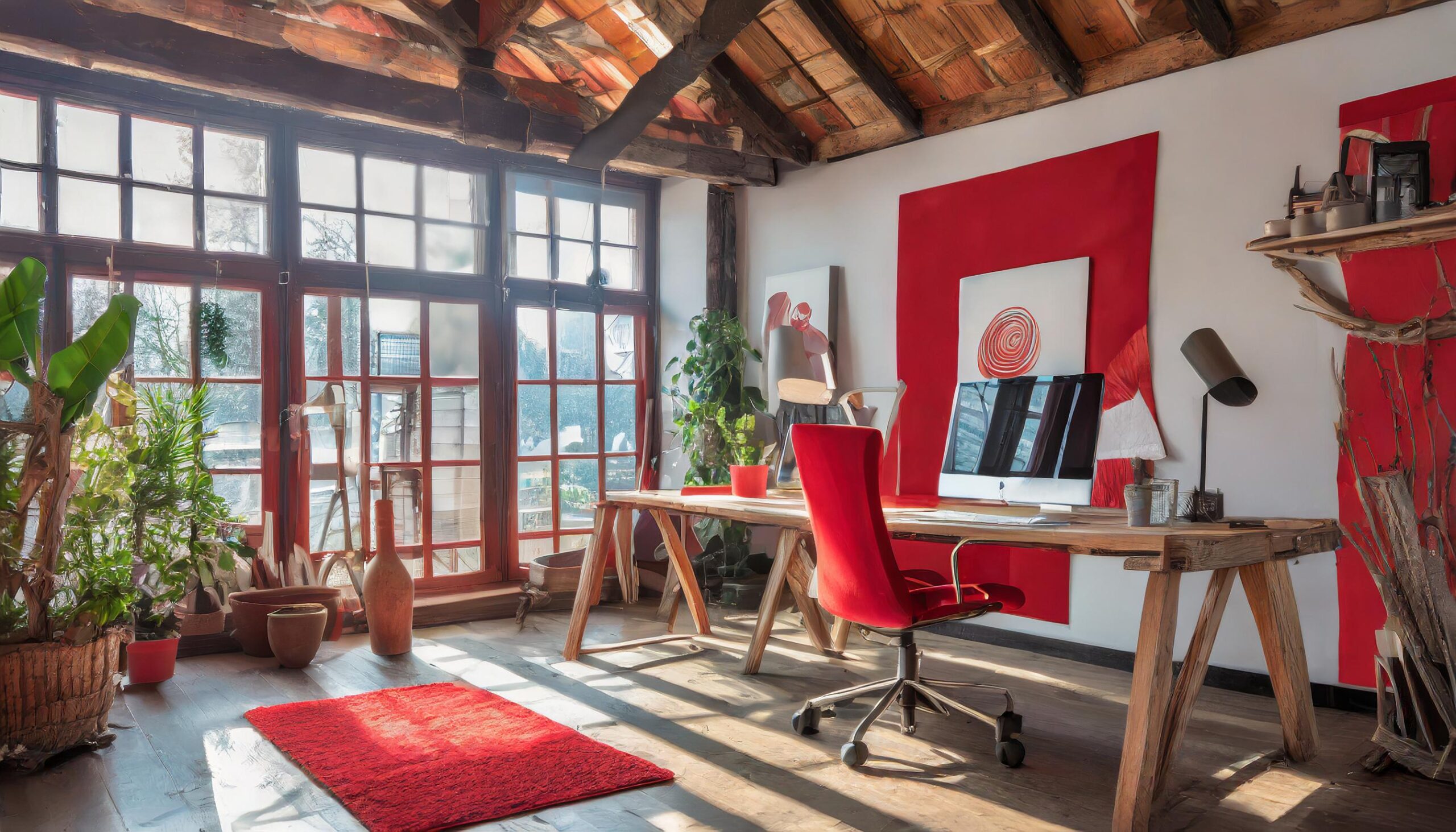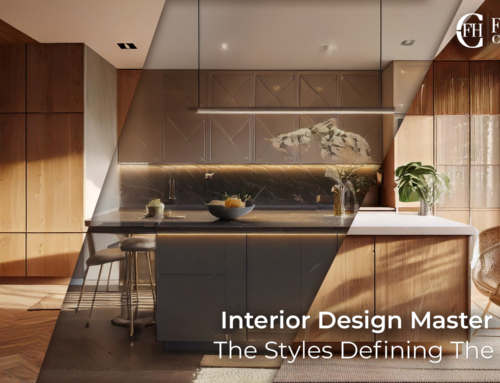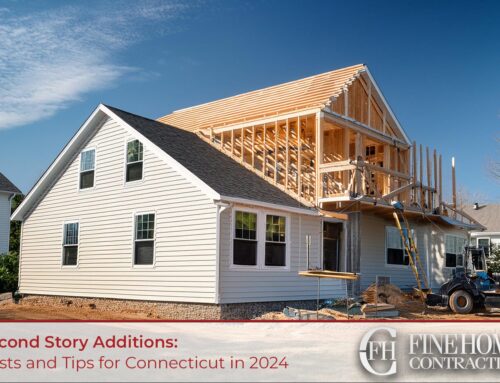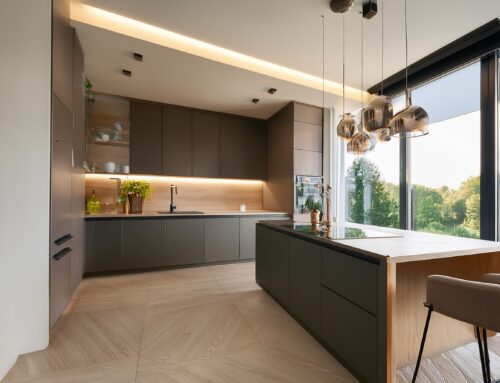Transforming your home doesn’t always mean draining your savings. In 2024, savvy homeowners are turning towards cost-effective home improvement projects that not only elevate living spaces but also promise significant savings. From energy-saving upgrades to smart tech integrations, let’s explore how you can enhance your home’s value and functionality without a hefty price tag.
Elevate Energy Efficiency
One of the easiest ways to cut down your monthly expenses on your home is increasing energy efficiency and cutting out electrical costs.
Boost Insulation: A well-insulated home is a cornerstone of energy efficiency, reducing the need for excessive heating or cooling. Focus on key areas like attics and basements to seal in comfort and savings. With an average cost of $2,200 – $3,400, you could see up to 15% savings on heating and cooling bills annually.
Switch to Energy-Saving Windows: Modern, energy-efficient windows can significantly cut down your utility bills by maintaining your home’s temperature, making them a smart investment. Investing in energy-efficient windows, at $700 – $1300 per window, can lead to 12-33% annual energy bill reductions.
Go Solar: Solar panels are a forward-thinking upgrade that can reduce your energy bills and possibly qualify you for green incentives, making them a cost-effective choice in the long run. Solar panels, after incentives, can cost $15,000 – $25,000, with potential savings of $600 – $2,000 annually on electricity.
Smart Home Innovations
Adding functionality doesn’t always have to be at the expense of monthly costs: Some Smart technology for your home can effectively cut costs by decreasing energy use.
Intelligent Thermostats: Save on energy bills with smart thermostats that adjust your home’s temperature based on your routines, ensuring efficiency and comfort.
Automated Lighting: Embrace LED lights controlled by smart systems to reduce energy consumption, offering convenience and cost savings.
Enhanced Home Security: Today’s smart security systems not only bolster your home’s safety but can also lower insurance premiums, adding financial and emotional peace of mind.
Kitchen & Bath Facelifts
Cabinet Makeovers: A simple repaint or refacing of your cabinets can breathe new life into your kitchen or bathroom at a fraction of replacement costs. Refresh your cabinets for $2,500 – $3,500, saving up to 50% compared to new installations.
Modernize Fixtures: Upgrading to contemporary fixtures and hardware can refresh your space without a full remodel. For $300 – $800, new fixtures can enhance aesthetics and potentially increase home value by 1-3%.
DIY Backsplashes: Personalize your kitchen or bathroom with a DIY backsplash project, adding flair and value with minimal expense. A personal touch at $300 – $600 can increase your home’s appeal and value by 1-2%.
Flooring Revamps
Opt for Laminate or Vinyl: These floors mimic more expensive materials at $2 – $7 per square foot, offering significant savings.
Refinish Existing Hardwood: At $3 – $8 per square foot, refinishing is a cost-effective way to rejuvenate your floors.
Eco-Friendly Carpets: Priced similarly to traditional carpets at $3 – $7 per square foot, they offer environmental benefits.
Maximize Space Efficiently
Built-In Storage: With an average cost of $1,000 – $3,000, built-in solutions can enhance functionality and increase home value by 2-5%. Depending on complexity and finish, these built-ins can quickly become a budget issue.
Multipurpose Furniture: Pieces ranging from $150 – $800 can make smaller homes more functional and spacious.
Exterior Enhancements
Boost Your Curb Appeal: Simple touches like a fresh coat of paint on the front door, updated house numbers, and vibrant planters can make a world of difference. Simple updates for $300 – $1,500 can significantly enhance your home’s first impression, potentially increasing its value by 5-6%.
Upgrade Your Outdoor Spaces: Refresh your deck or patio with a new finish or add a DIY paver patio for an inviting outdoor retreat.
Invest in Outdoor Lighting: Enhance your home’s exterior with strategic lighting, improving aesthetics and security. Solar options offer an eco-friendly choice. Solar lighting options for $200 – $800 offer aesthetic and safety improvements with minimal ongoing costs.
Update Siding for Better Curb Appeal and Insulation: Replacing old siding with modern, insulated variants can improve your home’s appearance and energy efficiency. Average Cost: $5,000 – $14,000, depending on materials and home size. Insulated siding can contribute to overall energy savings, though exact figures vary widely based on climate and existing insulation.
Sustainable Water Usage
Reduce Water Bills with Low-Flow Fixtures: Installing low-flow toilets, showerheads, and faucets can significantly reduce water usage and lower utility bills. Average Cost: $100 – $250 per fixture. Average Savings: 20-40% reduction in water consumption, leading to proportional savings on water bills.
Upgrade to an Efficient Irrigation System: Modern irrigation systems that include drip irrigation and smart controllers can optimize water usage for landscaping, ensuring water is used efficiently and only when needed. Average Cost: $1,500 – $2,500. Average Savings: Up to 50% on outdoor water use.
Tech-Savvy Home Office Setups
Create an Energy-Efficient Home Office: With more people working from home, setting up an energy-efficient home office can contribute to cost savings. Consider energy-efficient lighting, smart power strips to manage electronics, and ergonomic, sustainable furniture. Average Cost: $500 – $2,000, depending on the extent of the setup and equipment needed. While savings will vary, efficient use of electronics and lighting, as well as cutting out on costs related to an office commute and daily spending can help add a bit of extra savings. .
What Does Remodeling Usually Cost?
While remodeling projects vary heavily on cost depending on the quality of materials, cost of labor, and scope of work, there are definitely ways to accommodate remodels on a budget. The above projects are of course our recommendations, but for those looking at a larger remodeling project, you may be interested in some average costs. Below we’ve compiled some industry standard costs across some of the most common home improvement projects. For further reading on costs and returns on investment, we recommend Zonda Media’s Cost Vs Value guides for Connecticut.
| Home Remodeling Project | Higher-End Cost Estimate | Project Scope |
|---|---|---|
| Kitchen Remodel | $75,000 – $150,000+ | Complete overhaul including high-end appliances, custom cabinets, premium countertops, flooring, lighting, and possibly altering the layout. |
| Bathroom Remodel | $30,000 – $75,000+ | Luxury fixtures, high-end tiles, custom vanity and storage solutions, advanced lighting, and possibly expanding the space or adding high-tech features like smart mirrors. |
| Master Suite Addition | $100,000 – $250,000+ | Adding a spacious master suite with high-end finishes, custom walk-in closet, luxury bathroom, and possibly a sitting area or home office space. |
| Basement Finishing | $50,000 – $150,000+ | Fully finishing a basement with high-quality materials, adding a bathroom, home theater, wet bar, or in-law suite, along with proper insulation and egress windows. |
| Home Office Conversion | $20,000 – $50,000+ | Converting an existing room or space into a fully equipped home office with built-in storage, high-quality furniture, advanced technology, and soundproofing. |
| Exterior Siding Replacement | $20,000 – $50,000+ | Replacing existing siding with high-end materials such as fiber cement, premium vinyl, or natural wood, and possibly adding insulation. |
| Roof Replacement | $20,000 – $40,000+ | Replacing the roof with high-end materials like slate, tile, or metal roofing, including any necessary repairs to the underlying structure. |
| Window Replacement | $15,000 – $40,000+ | Replacing all windows in the home with high-efficiency, custom-sized windows, potentially including special features like impact resistance or advanced insulation. |
| Hardwood Flooring Installation | $12,000 – $30,000+ | Installing high-quality hardwood floors throughout the home, potentially including exotic woods or intricate patterns and finishes. |
| Deck Addition | $20,000 – $50,000+ | Adding a large, custom-designed deck using high-end materials like composite decking, including built-in seating, railings, and possibly an outdoor kitchen. |
Further Reading
- “Remodeling Magazine’s Cost vs. Value Report“: An annual report providing detailed cost and value recovery percentages for various home improvement projects across different regions.
- “Home Improvement for Dummies” by Gene Hamilton and Katie Hamilton: A comprehensive guide covering a wide range of home improvement tasks, from simple repairs to major renovations.
- “The Complete Guide to Green Building & Remodeling Your Home” by Martha Maeda: Offers practical advice on eco-friendly building materials, energy efficiency, and sustainable practices for home remodeling.
- “Young House Love: 243 Ways to Paint, Craft, Update & Show Your Home Some Love” by Sherry and John Petersik: Filled with DIY ideas, this book provides creative and budget-friendly projects for every area of your home.
- “This Old House“: A popular website and TV show offering expert advice, how-to videos, and step-by-step instructions for home improvement projects.

